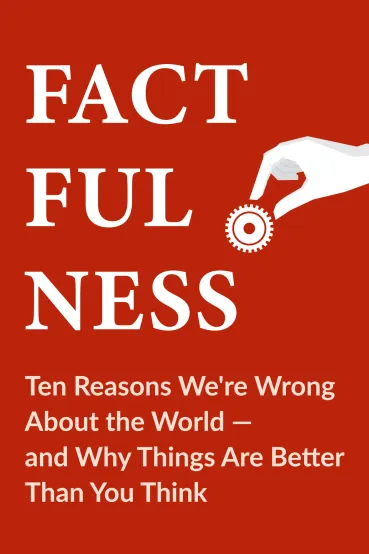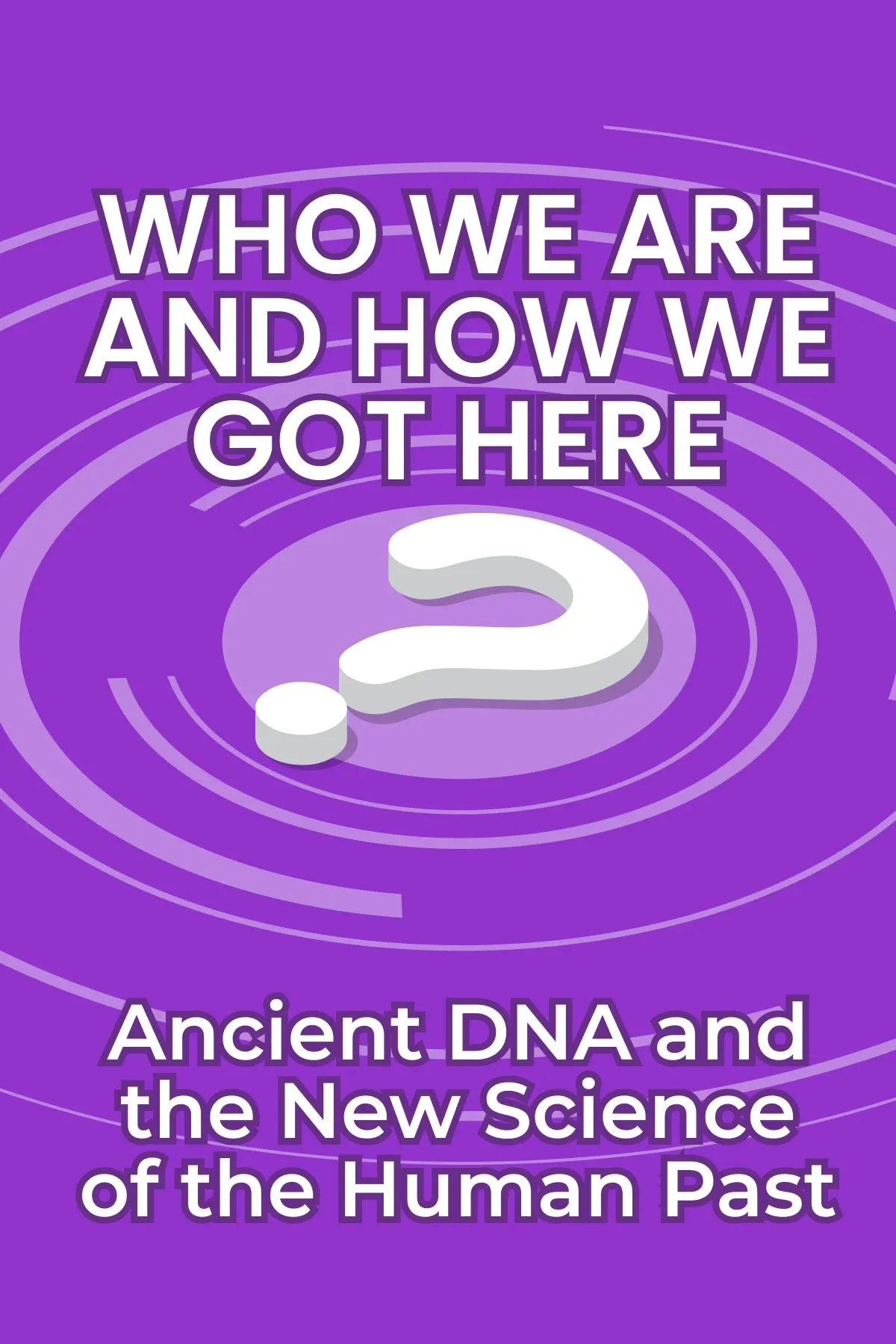
Factfulness
Brief Summary
“Factfulness” challenges common misconceptions about the state of the world. Rosling uses reliable data and detailed analysis to disprove gloomy ideas and show how humanity has developed. The summary urges readers to take an optimistic and fact-based view of the world's challenges and opportunities.
Key points
Key idea 1 of 8
It appears that almost everyone has a profoundly inaccurate understanding of the world. Their inaccuracies aren't just occasional. They are consistently wrong. These mega misconceptions obstruct our perception of the world.
Once, during his lecture, Hans Rosling discussed the high child mortality rates in tribal societies in rainforests and remote rural areas worldwide. A young student raised his hand, being somewhat skeptical. With a thoughtful head tilt, he stated, "They can never live like us." Everyone in the room quickly agreed with him. Rosling continued, "When you say 'they,' who precisely are you referring to?" The student explained that he referred to countries outside the Western sphere.
Key misconceptions regarding the East-vs-West divide are called the gap instinct. We keep talking about “the developing world” and “the developed world.” This simplified worldview classifies the West as developed and the East as underdeveloped. The world, though, has a much more complex landscape.
If you still believe in such a division, consider this. Could you find South Korea or Singapore on the map? They are the part of the East. Nevertheless, these nations have made remarkable advancements in development. Their achievements often surpass Western countries. So, is there a way we can somehow avoid using “we” to describe “them”?
Yes, there is definitely at least one way to do it. We can create a more nuanced framework based on income levels, categorizing countries into four income groups. They will range from Level 1 to Level 4. This new approach helps us understand the different living conditions and challenges globally.
In Level 1, individuals live in extreme poverty. They earn just $1 per day, facing daily hardships to meet basic needs. In Level 2, income rises to $4 per day. This offers improved living conditions and basic amenities. Level 3 witnesses a further increase to $16 per day, accompanied by better education and some financial stability. Level 4, the highest group, has incomes exceeding $64 daily. It enables comfortable lifestyles, education, vacations, and access to consumer goods.
Now, where do you think the majority of people reside? To the surprise of many, the largest segment of the global population doesn't live in the world's poorest or wealthiest nations. Instead, they reside in those countries with moderate income levels.
You may also like these summaries










